What Happens If You Delay an Oil Change? | Car-X Oil Change Services

What Happens If You Delay an Oil Change? Oil is the lifeblood of your engine. Ignoring it can turn a small maintenance task into a massive repair bill. The Silent Damage of Delay We’ve all been there—the sticker on the windshield says you’re due, but life gets busy. You might think, “The car is running […]
All-Season Tires vs. Winter Tires: Differences & Benefits
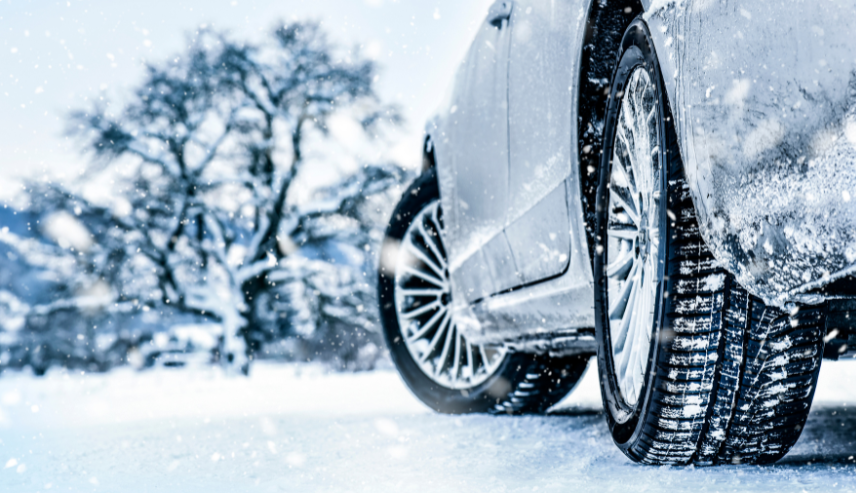
All-Season Tires vs. Winter Tires: Differences & Benefits Choosing the right rubber for the road ensures safety and performance all year long. The Core Difference: Compound and Tread Understanding the difference between all-season and dedicated winter tires is crucial for maximizing safety in cold climates. It’s not just about tread depth—it’s about the rubber itself. […]
Top 5 Reasons Why Your Steering Wheel Won’t Turn

There’s nothing worse than realizing your steering wheel isn’t turning right or is simply not turning at all. When these issues arise, it’s important to remember that there is usually a simple explanation and there’s no need to worry. That being said, it is important to understand why your steering wheel isn’t turning, which is […]
Will My Battery Last This Winter? Car Battery Maintenance
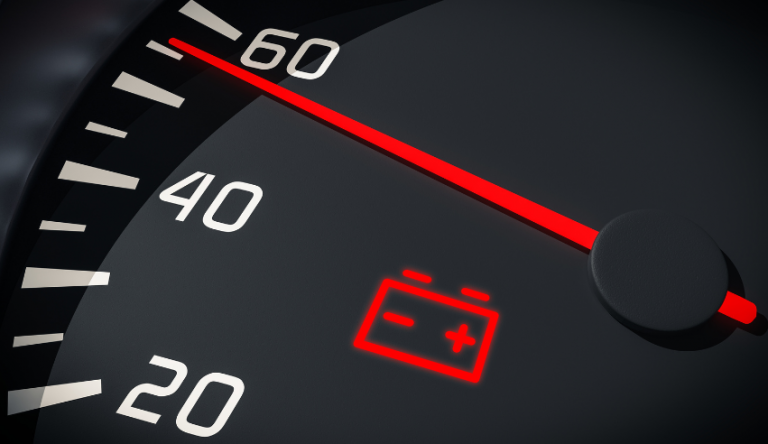
Will My Battery Last This Winter? Essential Maintenance Beat the cold with a quick check. Your car’s battery is most likely to fail when the temperature drops. The Cold Truth About Car Batteries When winter arrives, batteries are subjected to their greatest test. Cold weather significantly reduces a battery’s cranking power while simultaneously increasing the […]
Understanding Your Car’s Exhaust System
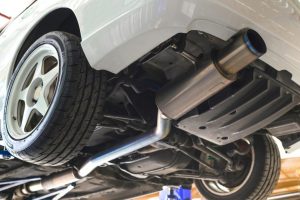
Mufflers & Exhaust Learn the key parts of your exhaust system—what they do, warning signs of trouble, and when to visit Car-X for inspection or repair. Updated October 29, 2025 5-6 min read Jump to: What an Exhaust System Does Main Components & Functions Signs You Need Exhaust Service Why Regular Exhaust Checks Matter Exhaust […]
Car Air Bags & Child Safety | Vehicle Air Bag Safety Tips
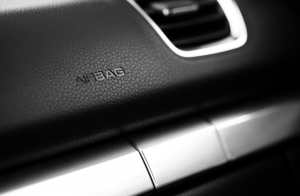
Car Air Bags & Child Safety Essential guidelines to protect your most precious cargo from preventable injury. Designed for Adults, Dangerous for Kids Airbags are a lifesaving technology for adults, but they can pose a serious threat to children. Airbags are designed to deploy with massive force—up to 200 mph—to stop an average-sized adult male […]
Common Car Repairs You Should Not Do Yourself
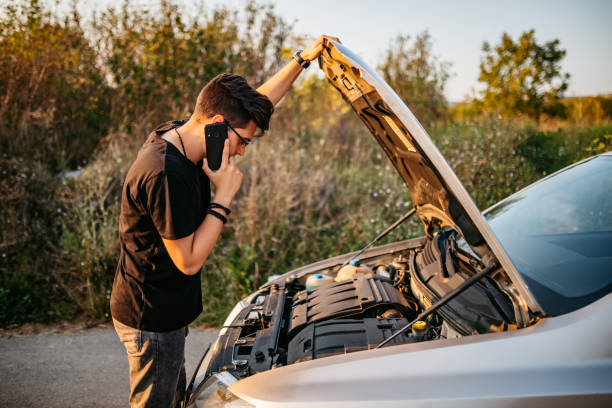
5 Common Car Repairs You Should Not Do Yourself Know your limits: Why some DIY fixes can cost you thousands or compromise your safety. The DIY Danger Zone We love the DIY spirit. Changing your own windshield wipers, air filters, or even your oil can be rewarding and save you a few bucks. However, modern […]
Winter Driving: How to Stay Safe Driving in the Snow

Winter Driving: How to Stay Safe Driving in the Snow When the temperature drops and the snow falls, your driving habits need to change. Prepare Your Vehicle Before You Go Safety starts in the driveway. Winter weather stresses every system in your car, so preventative auto maintenance is critical. Before heading out into a storm, […]
Can My Flat Tire Be Fixed?
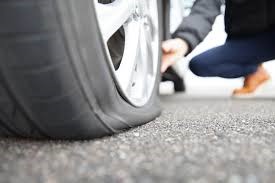
At some time or another, most people will experience a flat tire on their car. Flats can happen for a variety of reasons, and the good news is that in most cases, tires that have gone flat can be repaired. However, not all tires can be repaired. In this blog, let’s take a look at […]
Catalytic Converters: What They Do, Why They’re Targeted, and How to Protect Your Vehicle
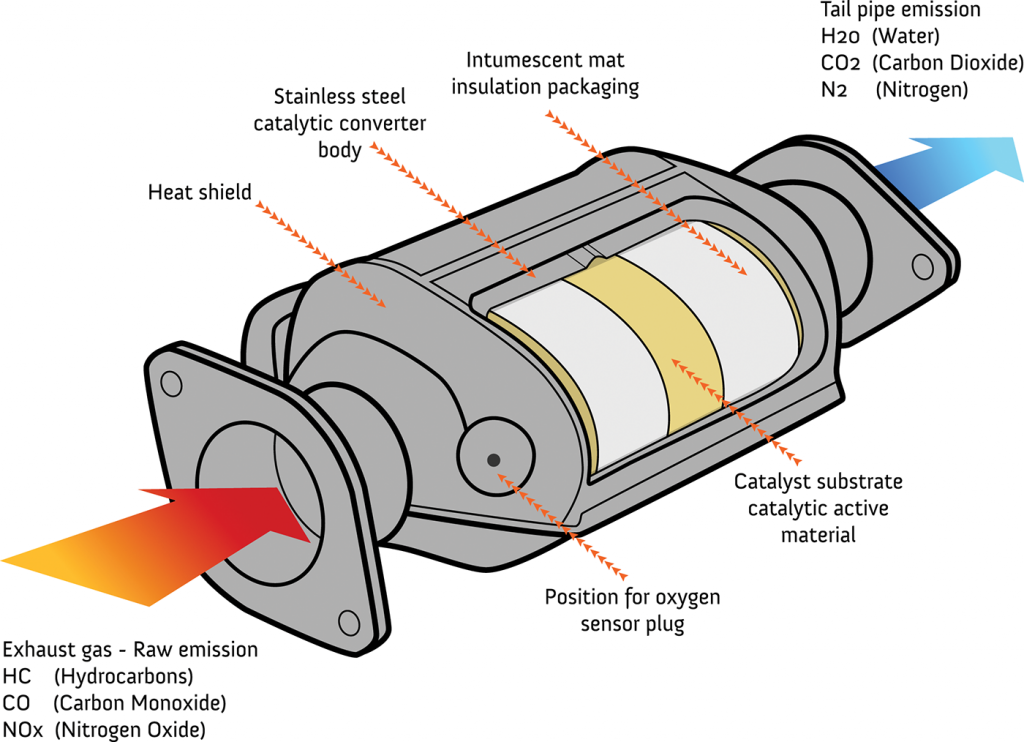
Mufflers & Emissions Understand how catalytic converters reduce emissions, where they’re located, why thefts happen, and practical steps to prevent theft—plus what to do if yours is stolen. Updated October 29, 2025 5–7 min read Jump to: What Is a Catalytic Converter? What’s the Purpose? Where It’s Located How It Works What’s Inside Why Converters […]


